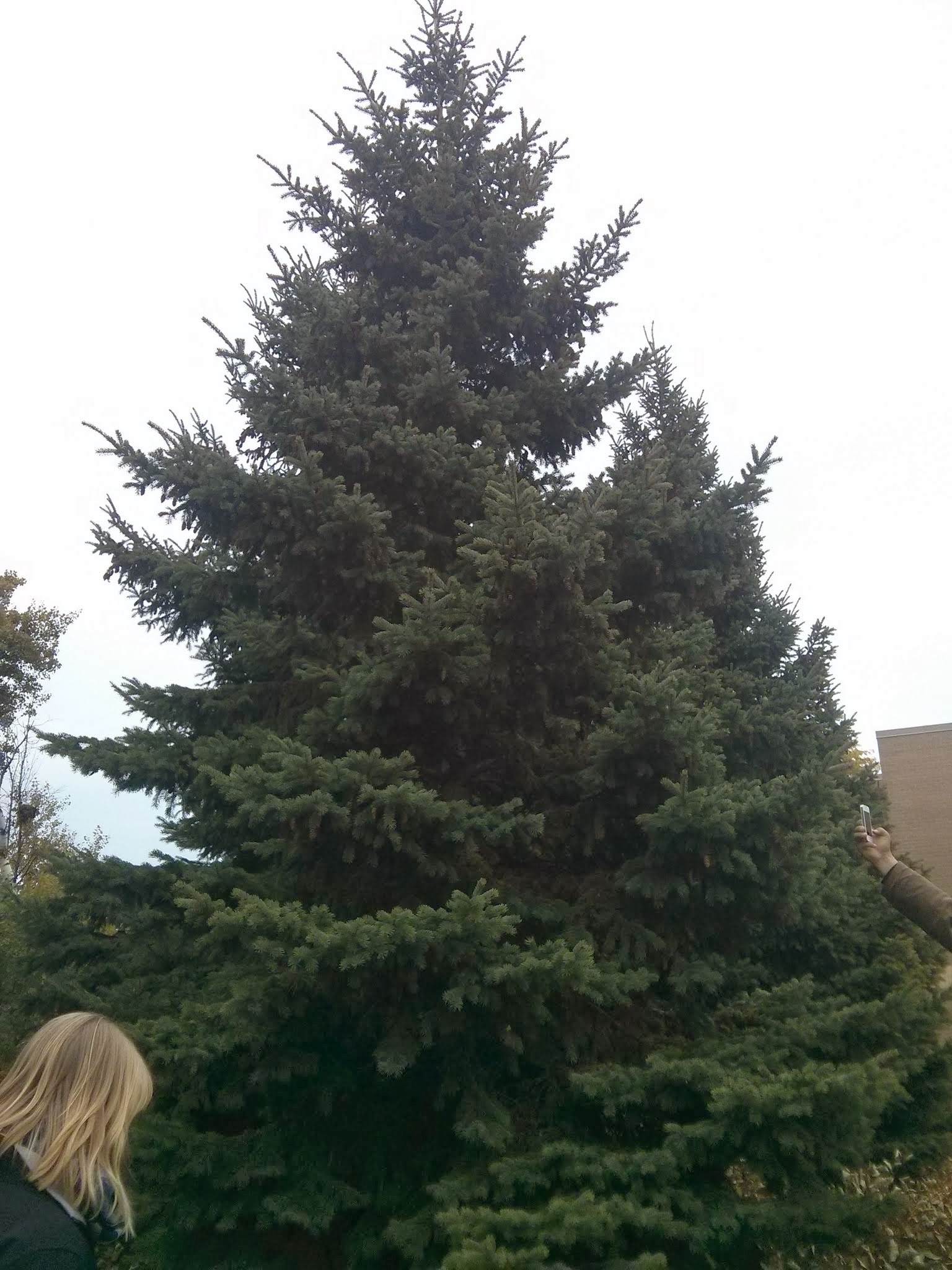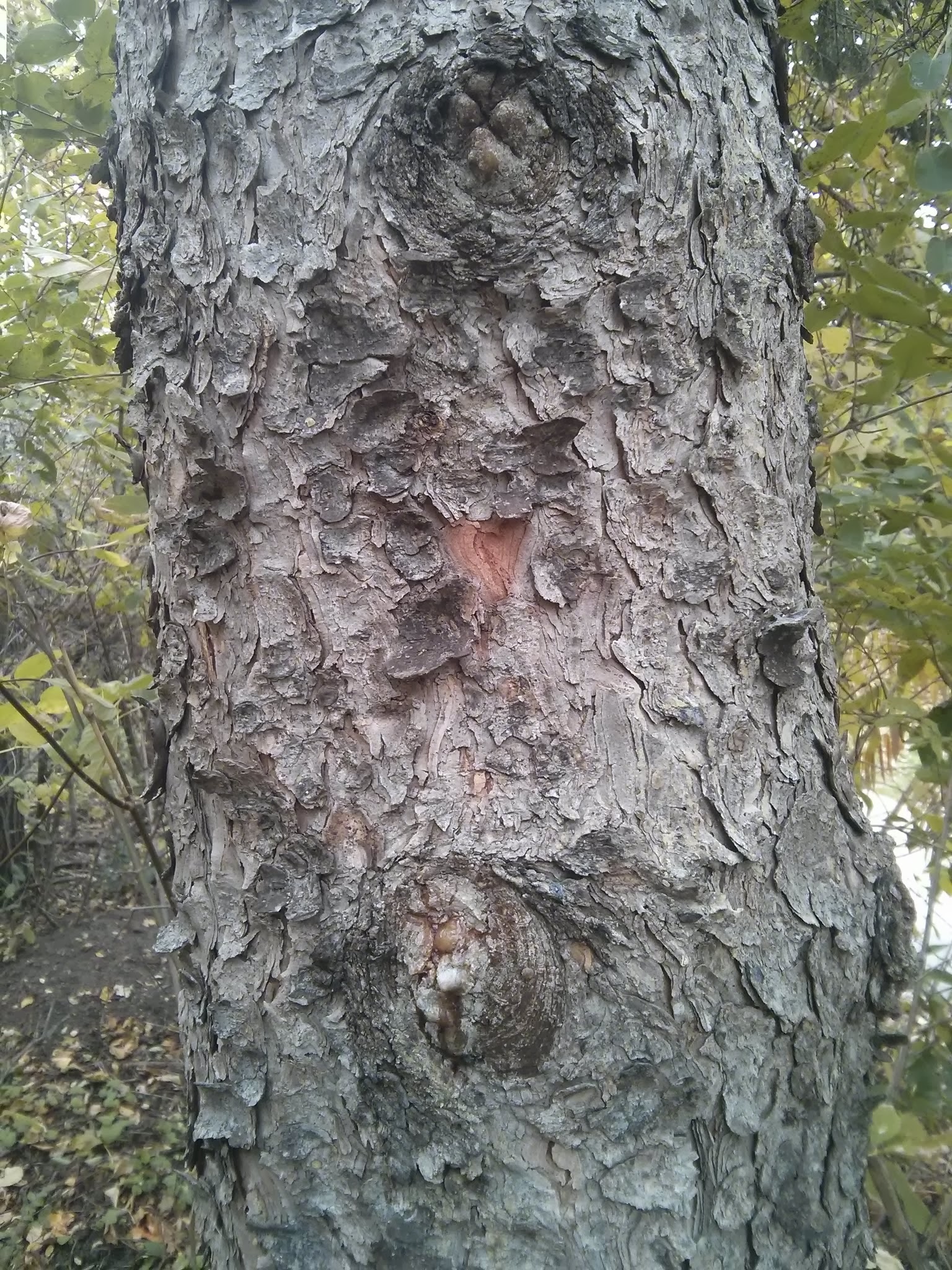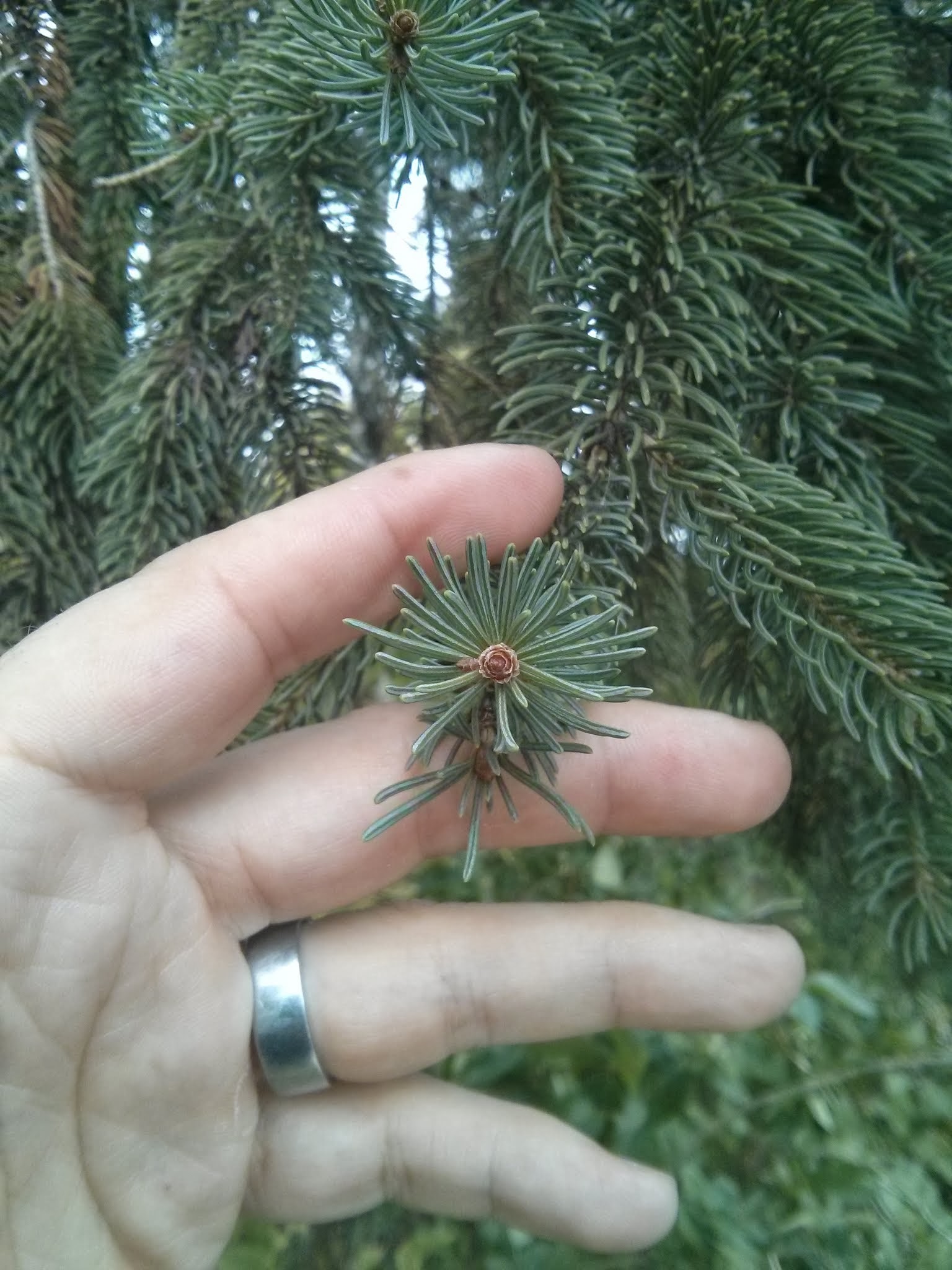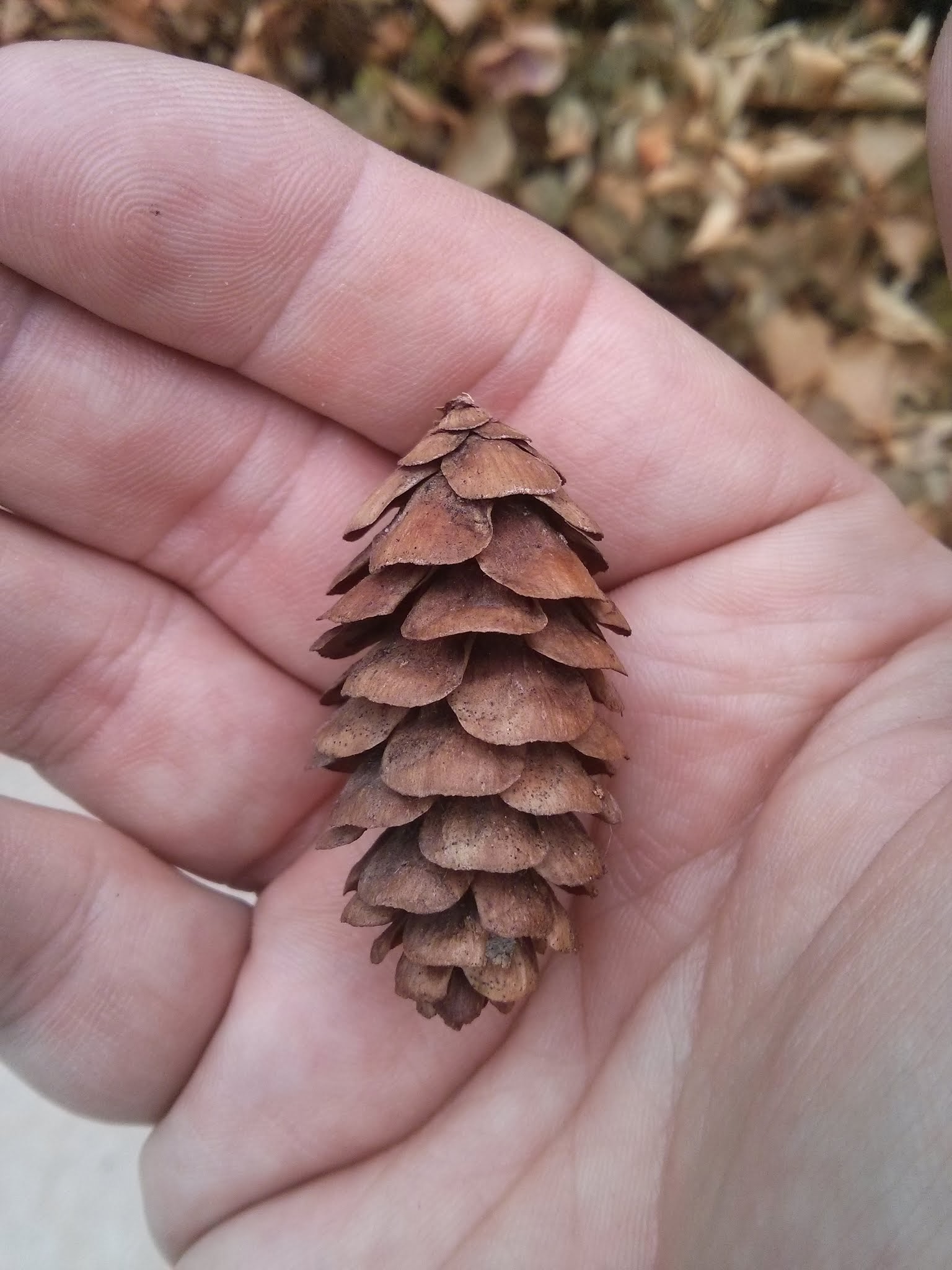Common Name: white spruce
Scientific Name:
Family: Pinaceae
Genus: Picea
Species: glauca
Hardiness Zone: 2 to 6
Height: 40 to 60 ft
Width: 10 to 20 ft
Common characteristics:
The white spruce typically grows 60-80' tall and has a cone-shaped crown. The bark is dark gray or gray-brown and scaly. It has pale bluish needles when young, dark bluish-green when mature on small woody pegs that have sharp tips. The needles are pungently aromatic when crushed. Needles have a glaucous, white waxy coating, hence the specific epithet and common name. Its fruits are slender cones that are 2" in length. The cone scales are rounded and soft at the ends, and soft and flexible when mature. Seeds are narrow-winged when mature in one season, cones drop during winter after opening and shedding seeds.
Where it grows:
Prefers moist, well-drained soil in full sun. It will tolerate alkaline and clay soil. Tolerates some light shade. It best performs in cold winter climates with cool summers. Site in areas with good air circulation to help rid the dense foliage of moisture. Somewhat intolerant of urban stresses such as air pollutants and salt spray.
How it’s used:
It is most commonly used as a windbreak or a specimen tree in yards or parks. This tree is one of the most tolerant of the spruces. White spruce does well in a wide range of conditions. It does best in full sun but, will tolerate partial shade. This tree is easily planted with little transplant shock and it makes a great addition to most landscapes. There are many different cultivars of white spruce that will undoubtedly suit the requirements of the site.
Ecosystem services:
The white spruce is used by birds and mammals as a food source and habitat.
Where it is native to:
Native to the North of the United States and into Canada.
Known Varieties and Their Traits:
Dwarf Alberta Spruce (Picea glauca 'Conica'): 6 to 8 feet high and 4 to 5 feet wide; pyramidal; extremely slow, seldom produces cones. Good for small spaces.
Black Hills Spruce (Picea glauca var. densata): 20 to 40 feet high and 10 to 20 feet wide, very narrow, dense form, slow growing. Good for space restrictions, screen or windbreak.
Problems:
Can experience some cankers, root rots, and needle cast diseases. Possible pests are bagworm, sawfly, and needle miners. It is one of the hosts for eastern spruce gall adelgids.
References:



